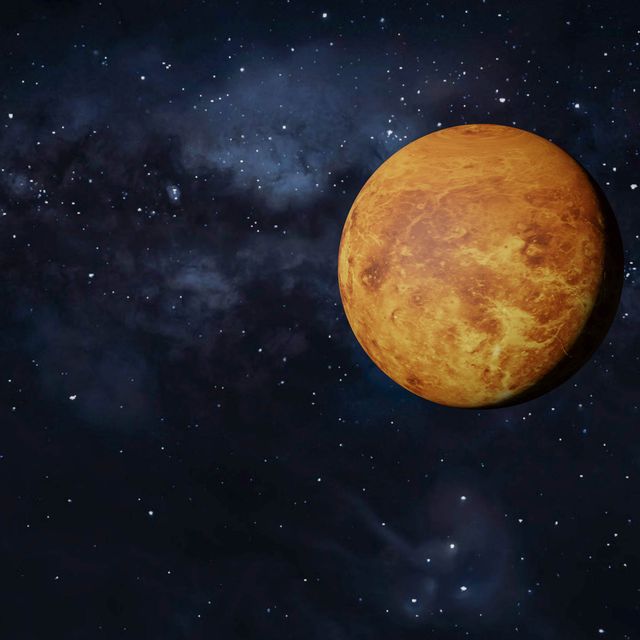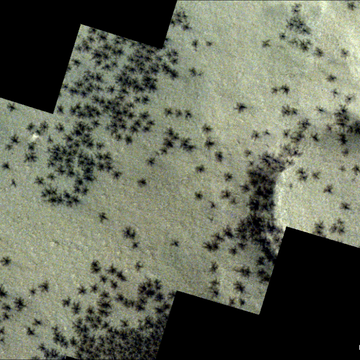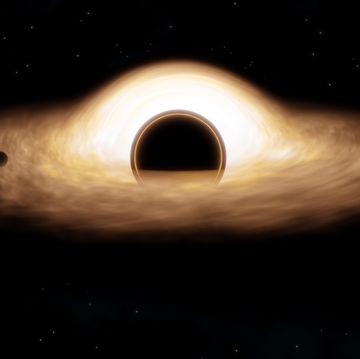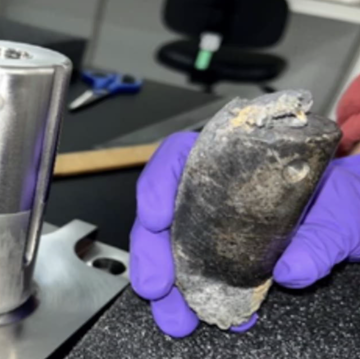- Venus is one of the most inhospitable planets, but OceanGate cofounder Guillermo Söhnlein wants to form a colony in its atmosphere.
- NASA calls Venus a “runaway global hothouse,” with temperatures reaching 900 degrees Fahrenheit on the surface.
- Getting humans to sign on to a OceanGate-like project with incredible risk may be a pipe dream not unlike living near Venus.
The cofounder of OceanGate, the company behind the Titan submersible that is thought to have suffered an underwater implosion and catastrophic failure in June, tragically killing all five people aboard, has a new idea: send 1,000 people to live in the sulfuric acid clouds of Venus by 2050.
Of course, as of now, there's no conceivable way for humans to set foot on Venus, so the only way for travelers to experience life on the planet is to somehow set up shop in its dangerous atmosphere.
Having launched the Humans2Venus Foundation, OceanGate cofounder Guillermo Söhnlein has pivoted to the inhospitable planet, telling Business Insider he still hopes to pursue the Venus dream even after the Titan tragedy. But it won’t be easy.
NASA says that more than 40 spacecraft have launched for Venus, many simply orbiting the planet, and the first was in 1962 as NASA’s Mariner 2 went to see Earth’s closest neighbor. It was then scientists discovered that Venus was a “runaway global hothouse.”
Venus’s intense heat and crushing air pressure—90 times that of Earth, and equivalent to the pressure about 3,300 feet deep in the ocean—means the longest any spacecraft has survived on the surface is a little over two hours, a record held by the Soviet Union’s Venera 13 probe in 1981. There isn’t any liquid water on Venus, but there are thousands of volcanoes, many of which are active.
“It’s basically like what I imagine Hell to look like,” said Belen Ou, mechanical engineer at Northeastern University, who is working on a drone that could potentially touch the surface.
Even NASA doesn’t have much confidence in a Venus touchdown, planning a 2031 DAVINCI mission that it hopes offers a few minutes of surface data retrieval.
That doesn’t stop Söhnlein, a self-proclaimed non-engineer and non-scientist, from wanting to bring 1,000 people to live in the sulfuric acid clouds of Venus.
Söhnlein is enamored with the gravity of the planet, which is relatively similar to Earth’s. He writes on a foundation blog that he believes the other challenges of the extreme environment that include radiation, temperature, pressure, food, water, and breathable air “could be overcome.”
“If humanity is to become a multi-planet species,” he writes, “we need as many options as possible, so we should explore all possibilities.”
Söhnlein tells Business Insider that sending 1,000 people to a sliver of Venus’s atmosphere is less aspirational than putting people on the Martian surface. So, he’s greatly focused on that sliver, writing that a small area about 31 miles off the surface offers 1G gravity, a “relatively tolerable” temperature, air pressure at 1ATM—equal to about 14 pounds of pressure per square inch—and a bit of radiation protection.
Still, even in this Venus sweet spot, the CO2-heavy atmosphere exists, and clouds are made of sulfuric acid. “Then again,” he writes, “we already had technologies here on Earth to offset both.”
If people are skeptical of Söhnlein, he understands. “Forget OceanGate. Forget Titan. Forget Stockton,” he tells Insider, referring to his late partner at OceanGate, Stockton Rush, who was one of the passengers aboard the doomed Titan. “Humanity could be on the verge of a big breakthrough and not take advantage of it because we, as a species, are gonna get shut down and pushed back into the status quo.”
Tim Newcomb is a journalist based in the Pacific Northwest. He covers stadiums, sneakers, gear, infrastructure, and more for a variety of publications, including Popular Mechanics. His favorite interviews have included sit-downs with Roger Federer in Switzerland, Kobe Bryant in Los Angeles, and Tinker Hatfield in Portland.













